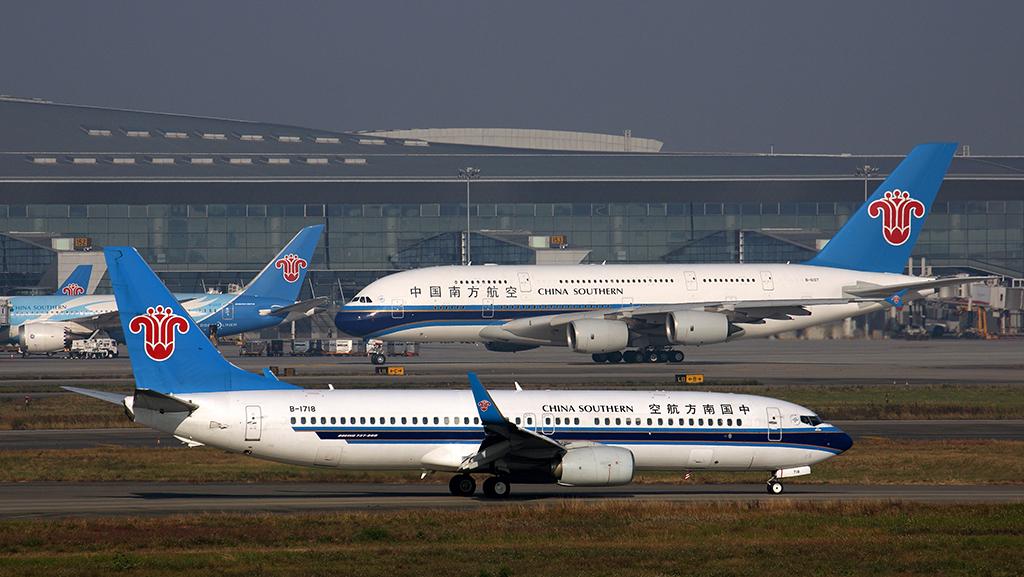ANALYSIS: China’s Full Recovery Depends On International Network Restoration

China and Southeast Asia are showing mixed signs in the recovery from the pandemic and related downfall in demand for air travel.
Guangzhou Baiyun International Airport (CAN), the home hub of China Southern Airlines, dethroned Hartsfield-Jackson Atlanta International Airport (ATL) as the world’s busiest airport in 2020 in terms of passenger traffic, with 43.8 million people passing through its gates last year.
Nonetheless, China was not spared another slump this year, when pockets of new virus outbreaks occurred in the north, despite what had been a strong recovery in domestic travel.
The Chinese New Year, known as Spring Festival, is one of the most important travel seasons in China, but when the government reinstated restrictions, advising people to avoid unnecessary travel and telling airlines to provide free refunds and rescheduling, the downturn was swift.
Local estimates put the number of travelers in the 40-day holiday season at around 39 million, similar to that of the 2020 Spring Festival period when China was in full lockdown. During main festival week, just 3.6 million passengers flew on Chinese airlines: down 71.6% from 2019 levels and down 45.2% from 2020. Load factors averaged a weak 57.5%.
But there is no reason to believe that as restrictions lift again, demand for domestic air travel won’t recover as fast as it did in 2020, and there were already signs of that second recovery in early March. But to restore profitability, China’s carriers—especially the “big three”—Air China, China Eastern Airlines and China Southern Airlines—need to be able to restore their international networks, where the margins are typically much stronger.
Overall, China’s airlines look set to survive the pandemic, albeit it financially bruised. But in February, HNA Group, parent company of Hainan Airlines and its subsidiaries, went into administration after creditors petitioned for bankruptcy restructuring. Hainan Airlines is operating normally under special permissions. HNA’s troubles preceded the pandemic—the group had accumulated some $110 billion in debt in 2019. But Hainan Airlines had also become China’s fourth-largest carrier and it is not yet clear how the administration process will affect it and its 10 regional and LCC subsidiaries, which include Fuzhou Airlines, Lucky Air and Tianjin Airlines.
Frictions and partnerships
Outside of the direct pandemic effects, diplomatic relations between China and Australia reached an all-time low, but China Eastern and Qantas extended their partnership until 2023, enabling them to coordinate schedules and combine itineraries—a useful tool while international flying remains low.
China’s aircraft manufacturing, meanwhile, continues at a long and slow pace. With type certification of the Commercial Aircraft Corp. of China (COMAC) C919 finally in sight, the manufacturer is building assembly and research facilities in Shanghai ahead of series production. The C919 program received a small boost when China Eastern signed a purchase agreement for five aircraft for delivery by the end of 2021, but sales from non-Chinese carriers or lessors remain slow to nonexistent—a trend likely to be extended through the pandemic aftermath.
A prototype of the Chinese-Russian C929 widebody is also expected to be built by the end of 2021.
Beijing is also still planning for growth, pushing ahead with the 14th five-year plan. In 2021, China wants to build six new commercial airports, bringing the total to 247, and further liberalize air traffic control in the Beijing sector.

